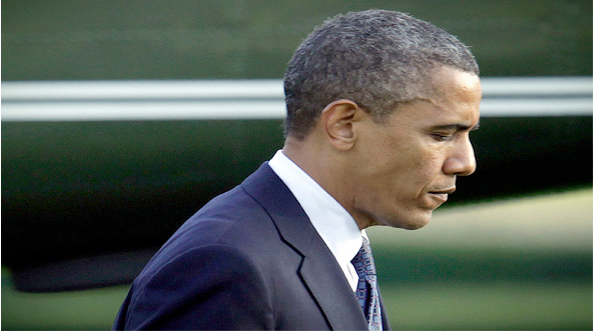2013 AND BEYOND - Progressives may be a lot less religious than conservatives, but these days they have reason to think that Providence– or Gaia — has taken on a bluish hue.From the solid re-election of President Obama, to a host of demographic and social trends, the progressives seem poised to achieve what Ruy Texeira predicted a decade ago: an “emerging Democratic majority”.Virtually all the groups that backed Obama — singles, millennials, Hispanics, Asians — are all growing bigger while many of the core Republican groups, such as evangelicals and intact families, appear in secular decline.
Explore
Our mission is to promote and facilitate civic engagement and neighborhood empowerment, and to hold area government and its politicians accountable.

 CityWatch Los Angeles
Politics. Perspective. Participation.
CityWatch Los Angeles
Politics. Perspective. Participation.
22
Tue, Apr




